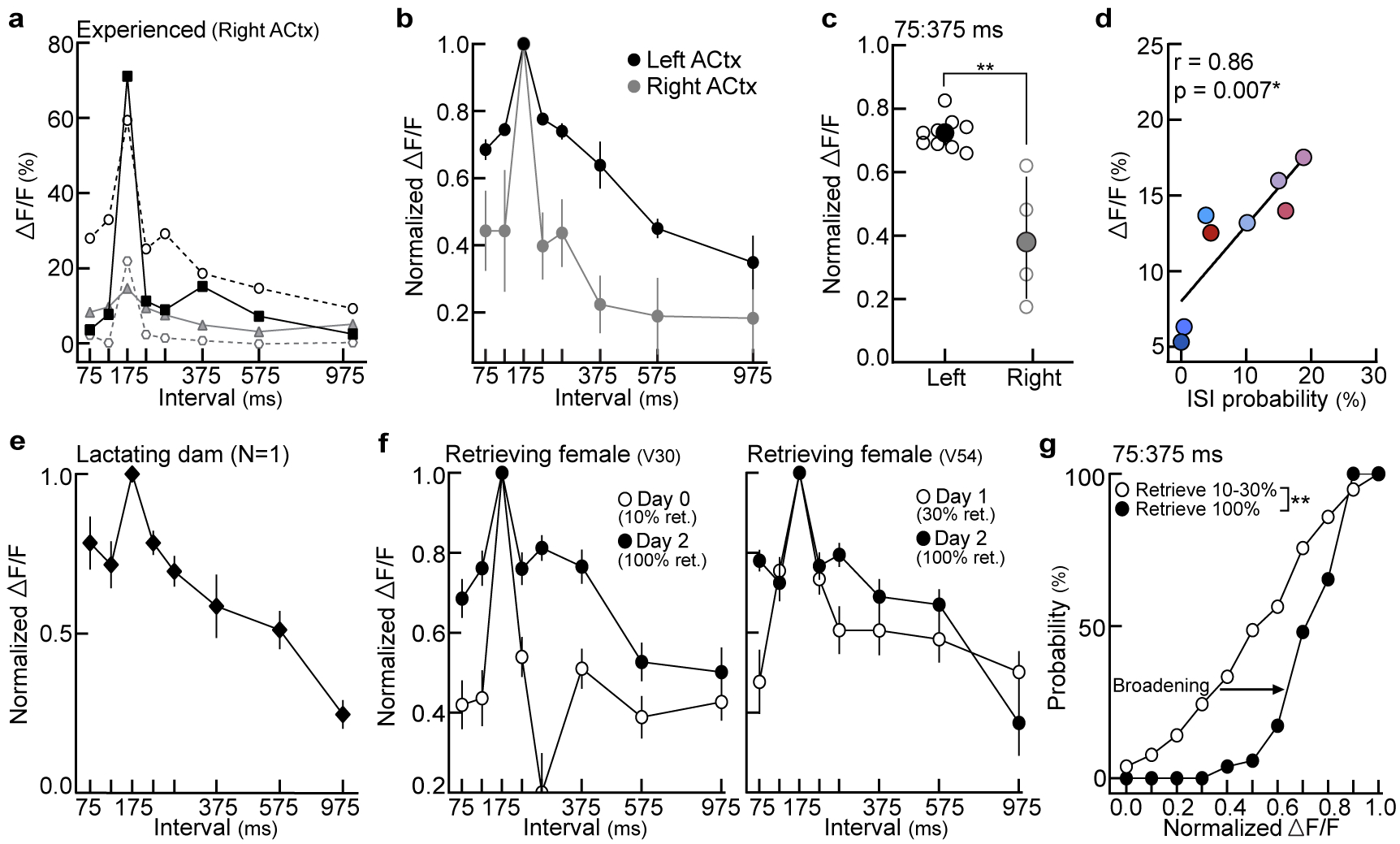Extended Data Figure 4. Temporal tuning to pup calls in left auditory cortex reflects behavioral-salience of ISIs and retrieval probability.

a-c, Excitatory neuronal tuning in left vs. right auditory cortex of experienced virgins (‘EVs’). a, Individual animal tuning (right auditory cortex, N=4 mice). b, Tuning normalized to prototypes in the left (N=9 mice from Fig. 1f) and right (N=4) auditory cortex of EVs. Mean±s.e.m. c, Tuning width (75:375 ms) in left vs. right auditory cortex from animals in (b) (p=0.003; unpaired two-tailed Mann-Whitney test). Median±interquartile. d, In EVs (N=9 mice), evoked ΔF/Fs were correlated with ISI probability from the distribution in Fig. 1a (Pearson’s r=0.86, p=0.007; two-tailed). Colors reflect ISI bins reported in Fig. 1a. e, Qualitatively, we observed broad temporal tuning in the left auditory cortex of a lactating dam (N=1 dam, n=10 single-cell tuning curves). Mean±s.e.m. f, Two example EVs that exhibited unreliable retrieval behavior on 10% (left) and 30% (right) of trials in a standard pup retrieval test. Temporal tuning at baseline (open circles) broadened following the onset of reliable retrieval behavior (100% of trials, closed circles). ‘Days’ denote days of cohousing with a dam and litter. Left, day 0: n=21 neurons, day 2: n=26. Right, day 1: n=57, day 2: n=26. Mean±s.e.m. g, Cumulative distribution of temporal tuning widths before (N=2 mice, n=78 neurons) and after the onset of reliable retrieval (n=52). A larger proportion of neurons were more broadly tuned (higher normalized ΔF/Fs) when EVs retrieved on 100% of trials (p<0.0001; two-tailed unpaired Kolmogorov-Smirnov test). Stats: *p<0.05, **p<0.01.
